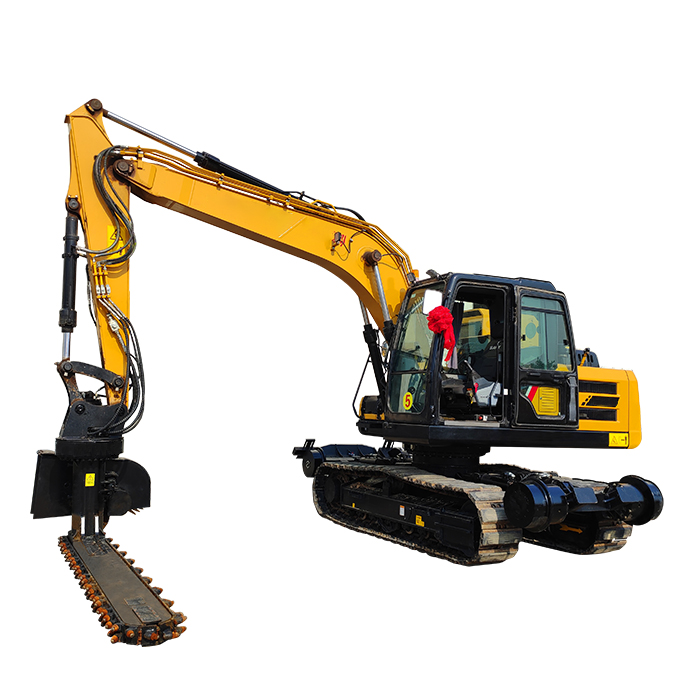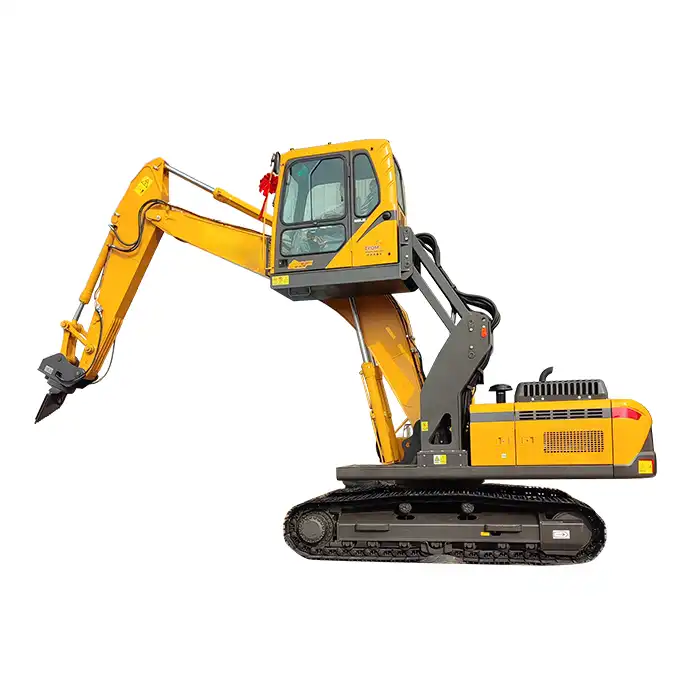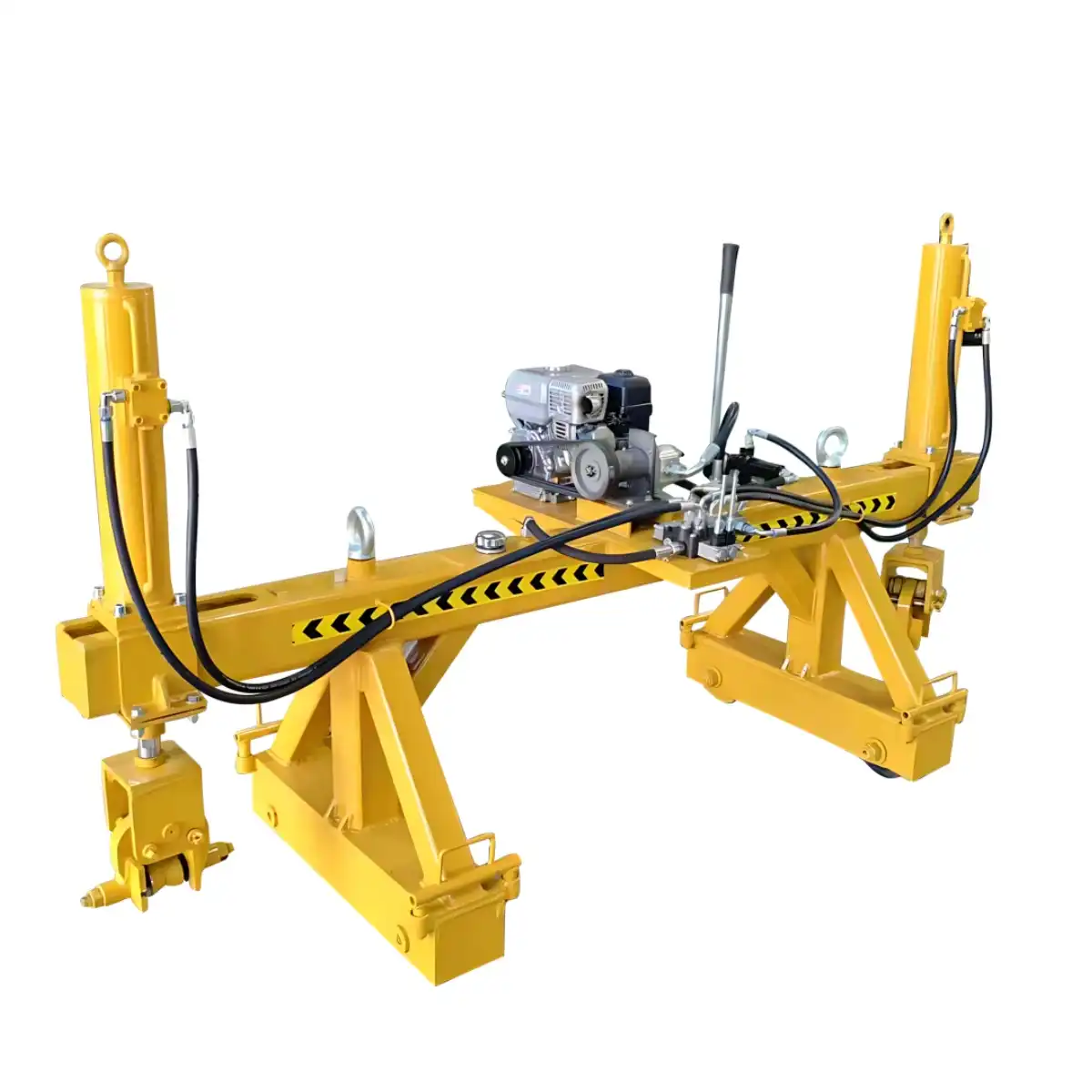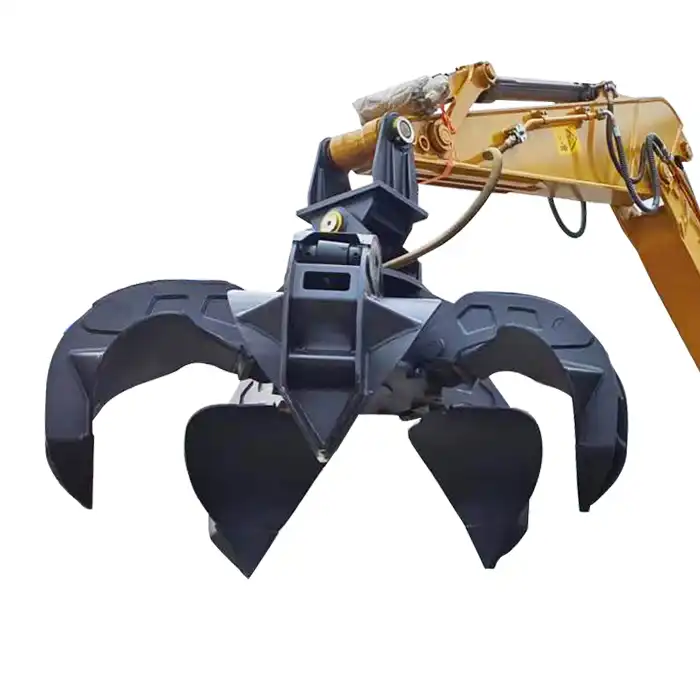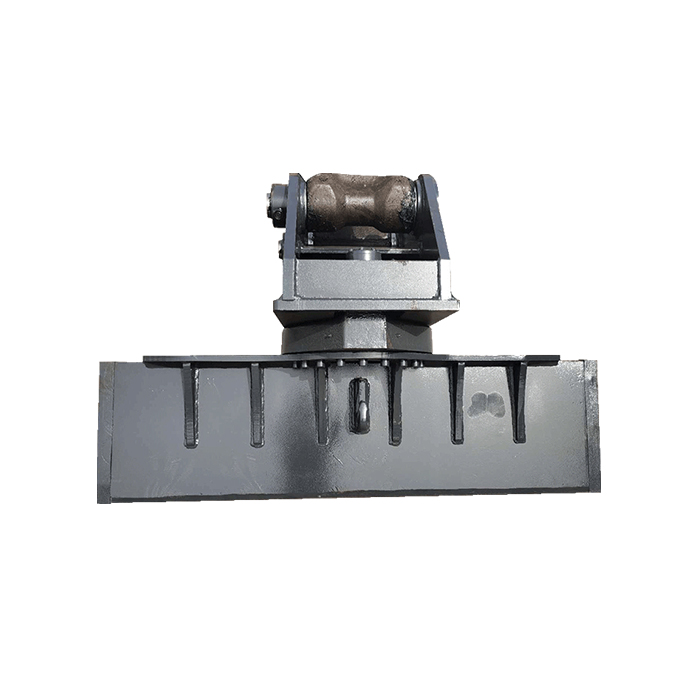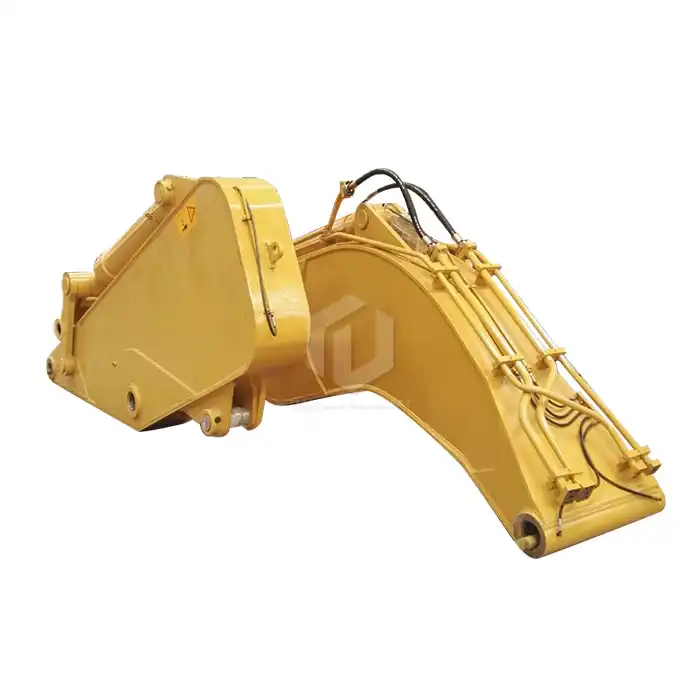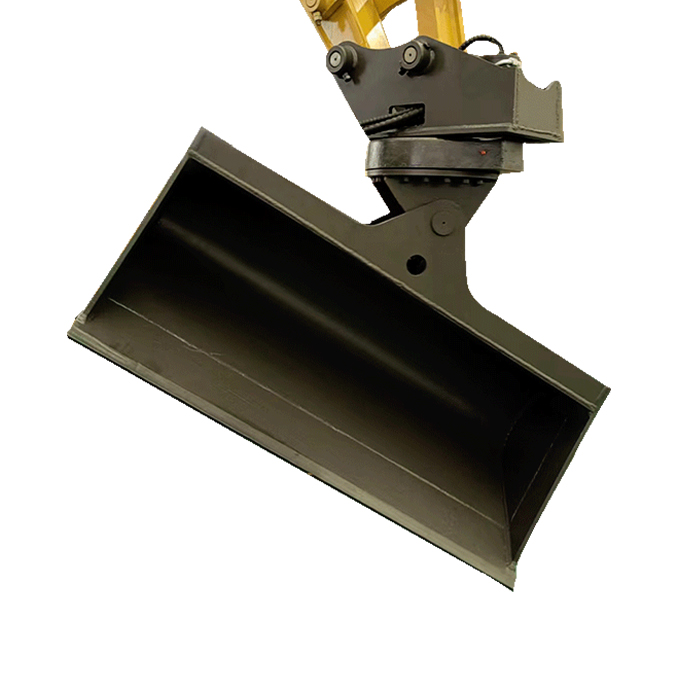What are the key features of railroad ballast cars?
Railroad ballast cars are specialized vehicles designed to transport and distribute ballast material along railway tracks. These essential components of track maintenance feature high-capacity buckets, robust construction, and automated unloading systems. The key features include their ability to efficiently load and transport large volumes of ballast, withstand harsh railway environments, and precisely place ballast for track stability. These features contribute to increased productivity, improved safety, and cost-effective railway maintenance operations.

With a High-Capacity 5.5m³ Bucket
Efficient ballast loading and transportation
The high-capacity 5.5m³ bucket is a game-changer in the world of railroad ballast cars. This substantial volume allows for the efficient loading and transportation of ballast materials, significantly reducing the number of trips required to complete track maintenance tasks. The large bucket size enables crews to load more ballast in a single operation, streamlining the entire process and minimizing downtime.
Moreover, the well-designed bucket shape facilitates easy filling and emptying, ensuring that every cubic meter of space is utilized effectively. This optimized design allows for quick loading at ballast yards and smooth unloading at work sites, keeping railway maintenance projects on schedule and within budget.
Increased productivity in railway maintenance
The high-capacity bucket directly translates to increased productivity in railway maintenance operations. With more ballast carried per trip, maintenance crews can cover larger sections of track in a single run, accelerating the overall pace of work. This efficiency is particularly crucial during time-sensitive maintenance windows, where every minute counts.
Additionally, the larger bucket capacity allows for better planning and resource allocation. Maintenance supervisors can more accurately estimate the amount of ballast needed for a project and schedule accordingly, reducing the likelihood of material shortages or excess that could delay work or lead to waste.
Reduced trips and fuel consumption
One of the most significant advantages of the high-capacity bucket is the reduction in the number of trips required to transport ballast. Fewer trips mean less fuel consumption, which not only reduces operational costs but also minimizes the environmental impact of railway maintenance activities. This reduction in fuel usage aligns with the growing focus on sustainability in the transportation sector.
Furthermore, the decreased number of trips results in less wear and tear on both the ballast cars and the tracks they travel on. This can lead to lower maintenance costs for the vehicles themselves and contribute to the overall longevity of the railway infrastructure.

Robust High-Strength Steel Construction
Durability for harsh railway environments
The robust high-strength steel construction of modern railroad ballast cars is a testament to their durability in harsh railway environments. These vehicles are built to withstand the rigors of continuous operation in challenging conditions, from extreme temperatures to constant vibration and impact from ballast materials.
The use of high-strength steel ensures that the ballast cars can handle the heavy loads they carry without deforming or suffering structural damage. This sturdy construction also protects against the abrasive nature of ballast materials, which can quickly wear down lesser-quality materials.
Long-lasting performance in heavy-duty operations
The long-lasting performance of railroad ballast cars in heavy-duty operations is a direct result of their robust construction. These vehicles are designed to operate reliably for extended periods, minimizing downtime and maintenance requirements. The high-strength steel components are engineered to maintain their integrity even under continuous stress, ensuring that the ballast cars remain operational throughout demanding maintenance schedules.
This durability translates into cost savings for railway operators, as the need for frequent repairs or replacements is significantly reduced. It also contributes to the overall efficiency of maintenance operations, as crews can depend on the consistent performance of their equipment.
Resistance to wear and tear from ballast materials
Ballast materials are notoriously abrasive, capable of causing significant wear and tear on equipment over time. The high-strength steel construction of modern ballast cars is specifically designed to resist this abrasive action, maintaining the integrity of the bucket and other critical components.
This resistance to wear ensures that the ballast cars maintain their capacity and functionality over time, preventing gradual degradation that could impact their performance. It also helps to preserve the accuracy of ballast placement, as worn equipment can lead to inconsistent distribution of materials along the track.
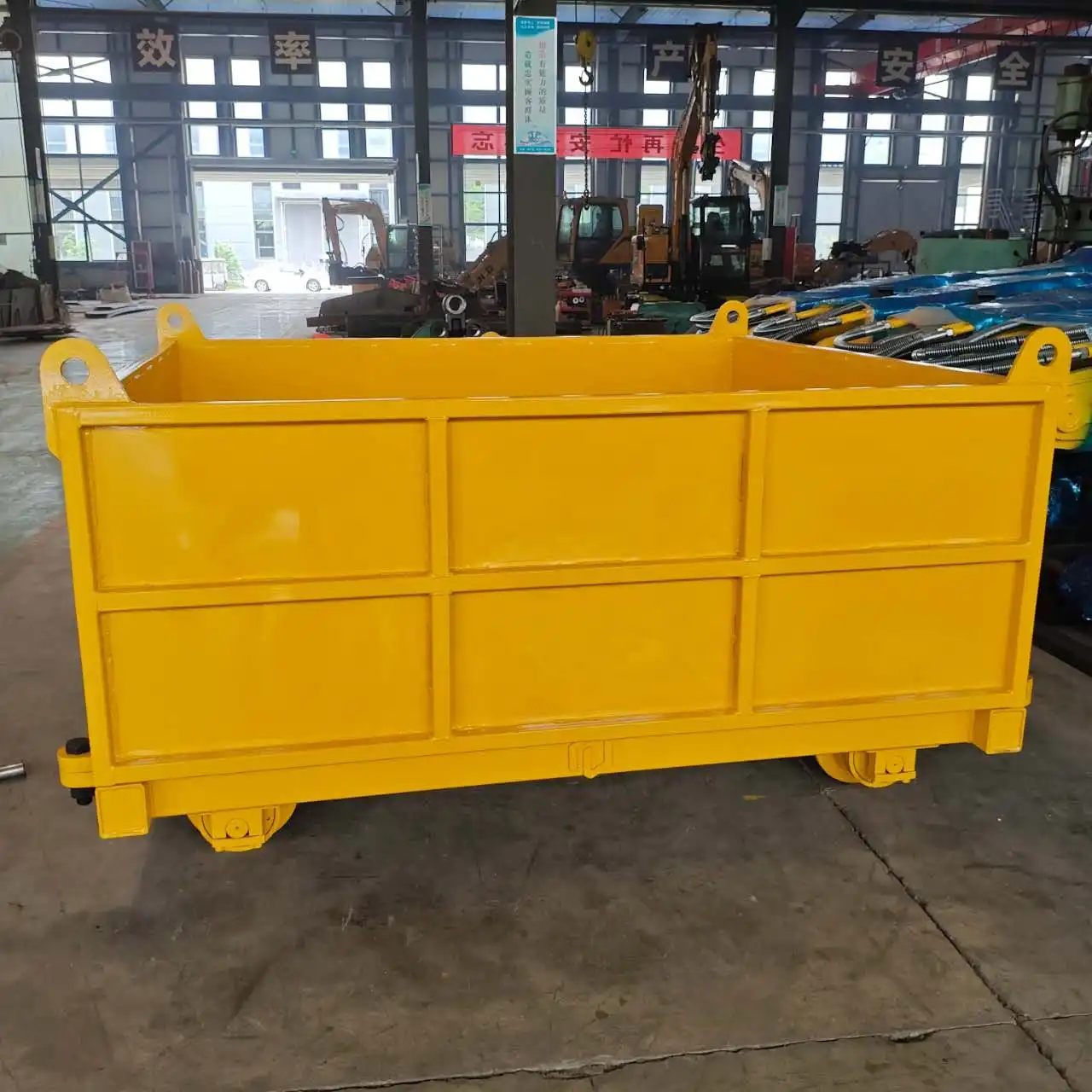
Automated Hydraulic Unloading System
Precise ballast placement for track stability
The automated hydraulic unloading system is a crucial feature of modern railroad ballast cars, enabling precise placement of ballast material along the track. This system allows for controlled release of ballast, ensuring even distribution and proper depth, which are essential for maintaining track stability and alignment.
The precision offered by this system helps to prevent over- or under-ballasting, both of which can lead to track irregularities and potential safety issues. By achieving consistent ballast profiles, railway operators can ensure optimal track performance and reduce the frequency of maintenance interventions.
Improved safety with remote-controlled operation
Safety is paramount in railway maintenance operations, and the remote-controlled operation of the hydraulic unloading system significantly enhances worker safety. Operators can control the ballast release from a safe distance, reducing their exposure to potential hazards associated with moving equipment and falling materials.
This remote operation also allows for better visibility of the ballast placement process, as operators can position themselves at vantage points to monitor the distribution without being confined to the vehicle itself. This improved oversight contributes to more accurate ballast placement and helps identify any issues in real-time.
Time-saving unloading for efficient maintenance
The automated nature of the hydraulic unloading system translates directly into time savings during maintenance operations. The ability to quickly and accurately distribute ballast along the track reduces the overall duration of maintenance windows, allowing for more work to be completed in less time.
This efficiency is particularly valuable in high-traffic railway corridors where maintenance opportunities are limited. The faster unloading process means that tracks can be returned to service more quickly, minimizing disruptions to regular train schedules and freight movements.
FAQ
①How does the capacity of a railroad ballast car affect maintenance efficiency?
A larger capacity, such as the 5.5m³ bucket, allows for more ballast to be transported in a single trip, reducing the number of trips required and increasing overall maintenance efficiency.
②What makes high-strength steel ideal for ballast car construction?
High-strength steel provides durability to withstand harsh environments, resistance to wear from abrasive ballast materials, and long-lasting performance in heavy-duty operations.
③How does an automated hydraulic unloading system improve ballast placement?
It enables precise and controlled release of ballast, ensuring even distribution and proper depth along the track, which is crucial for maintaining track stability and alignment.
④Can remote-controlled operation of ballast cars enhance safety?
Yes, remote control allows operators to manage unloading from a safe distance, reducing exposure to potential hazards associated with moving equipment and falling materials.
⑤How do modern ballast cars contribute to environmental sustainability in railway maintenance?
By reducing the number of trips required through larger capacity and efficient unloading, modern ballast cars help decrease fuel consumption and emissions associated with maintenance operations.
The key features of railroad ballast cars,high-capacity buckets, robust steel construction, and automated hydraulic unloading systems work in concert to revolutionize railway maintenance operations. These advancements contribute to increased efficiency, improved safety, and enhanced track stability. As the railway industry continues to evolve, the importance of these specialized vehicles in maintaining and upgrading track infrastructure cannot be overstated. Their role in ensuring the smooth, safe, and cost-effective operation of railway networks worldwide is truly invaluable.
When looking to purchase railroad ballast cars, it's essential to consider reputable manufacturers and suppliers who specialize in railway maintenance equipment.
China Railroad Ballast Car Manufacturer
TianNuo Machinery, a leading manufacturer of railroad ballast cars in China, offers a comprehensive range of railway maintenance equipment. Their product line includes not only ballast cars but also railway sleeper changing machines, screening machines, and tamping machines. TianNuo's ballast car features a high-capacity 5.5m³ bucket, measuring 3300mm in width, 1500mm in height, and 1850mm in depth. Constructed from high-strength steel, these cars are designed for durability and efficiency in harsh railway environments. The ballast can be unloaded through openings on both sides and at the bottom, providing flexibility in distribution. For more information about TianNuo's railway maintenance solutions, contact us at tn@stnd-machinery.com.
References
- TianNuo Machinery Official Website
- Railway Track and Structures Magazine
- International Railway Journal
- Network Rail Infrastructure Projects Track
- American Railway Engineering and Maintenance-of-Way Association
- Federal Railroad Administration (FRA) Guidelines
About Author: Arm
Arm is a leading expert in the field of specialized construction and railway maintenance equipment, working at Tiannuo Company. Tiannuo specializes in manufacturing a wide range of products, including railway maintenance equipment like railway sleeper changing machines and screening machines, excavator modification equipment such as excavator lifting cabs, various engineering arms for excavators, excavator accessories like digging buckets, and engineering vehicle auxiliary equipment like loader buckets.

